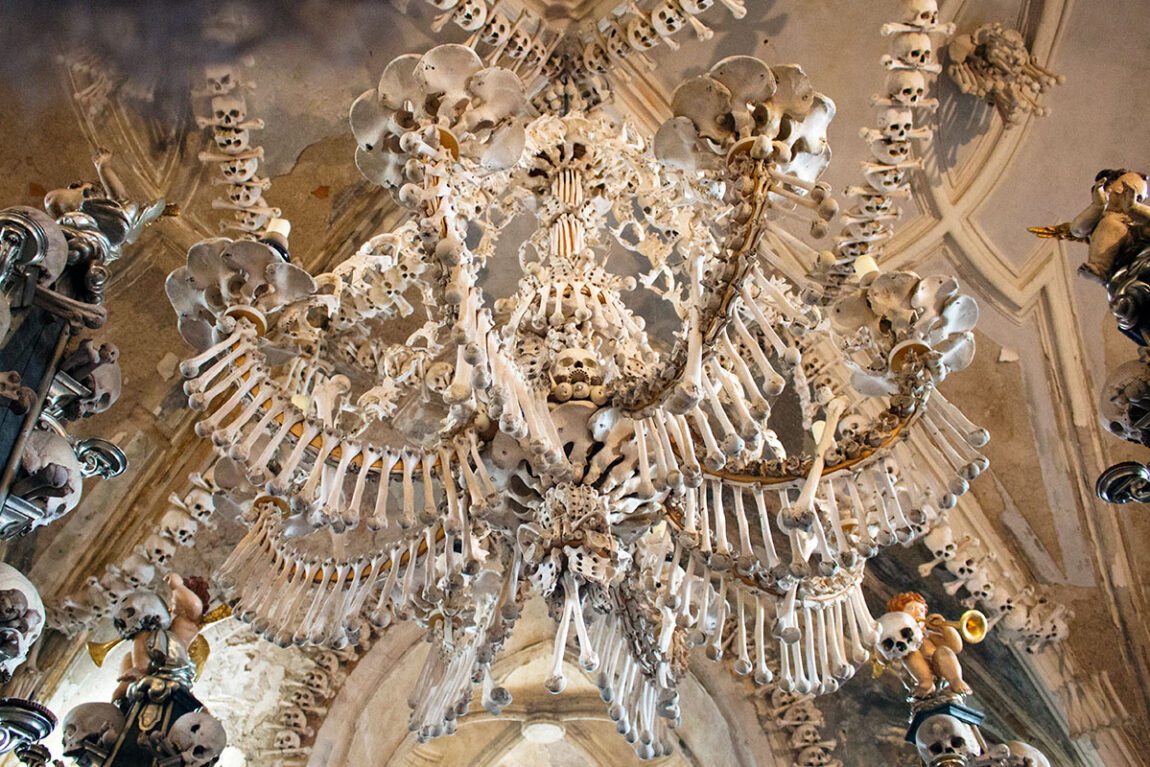When planning a trip to Europe, you might picture elegant castles and quaint town squares, but many European cities have a more eccentric side that may surprise you. From a town taken over by a sea of gnomes to a grisly reminder of the plague, throw romantic notions aside and come see Europe’s most unusual cities.
Wrocław, Poland
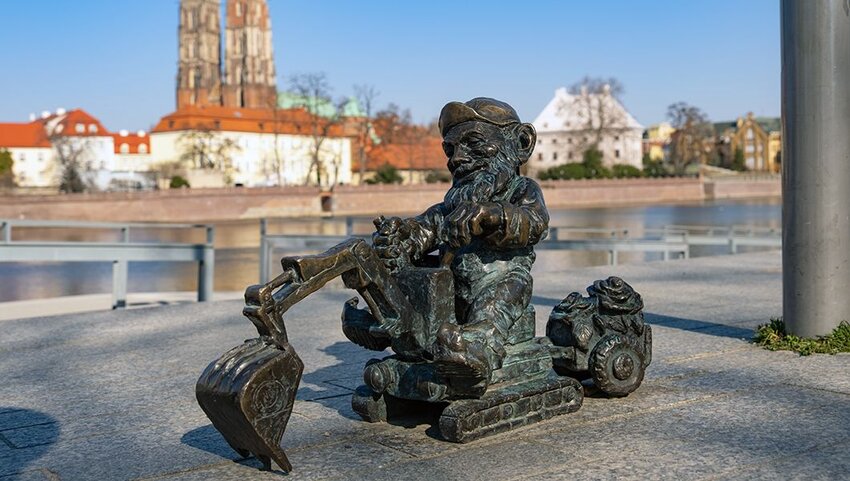
What could be quirkier than a city filled with tiny gnomes? Wrocław is a charming enclave in southern Poland that happens to be home to a few curious fellows. Known as krasnale in Polish, the 163 gnomes, or dwarves, are scattered throughout the city, and can be found performing daily tasks like withdrawing money from an ATM and rolling wheelbarrows down the street.
While they might seem like a cute attempt to attract tourists to the city, the gnomes’ first iteration was created as a protest to the authoritarian government of the 1980s. The statues were imagined later, by artist Tomasz Moczak in 2001, to pay homage to that resistance. Aside from the bearded folk, Wrocław is a beautiful town of cobblestone streets, 100 bridges, and an idyllic town square.
Matera, Italy
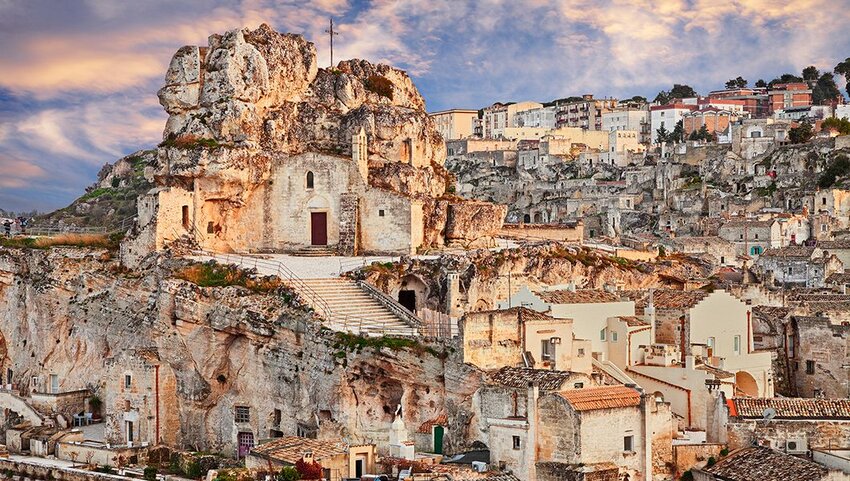
Named Europe’s Capital of Culture in 2019, Matera is more historically significant than meets the eye. Stacked along a hillside in southern Italy, the Sassi de Matera is a community of cave dwellings, thought to have been continually inhabited since the Paleolithic Period. Sassi means “stones” in Italian which is fitting as the city looks as if it was carved straight from rock. The caves were largely abandoned due to poor living conditions until their revival in the 1980s. Today the city is a popular destination for intrepid tourists seeking unusual accommodation.
The city’s mix of religious significance and subterranean dwellings has created a distinctive culture all its own. The Park of the Rupestrian Churches, cathedrals carved straight into the rock itself, are an impressive example of Matera’s evident ability to prosper under harsh conditions. Climb to the precipice of Matera’s hill to see the Duomo Matera and impressive views of the city below.
Hum, Croatia
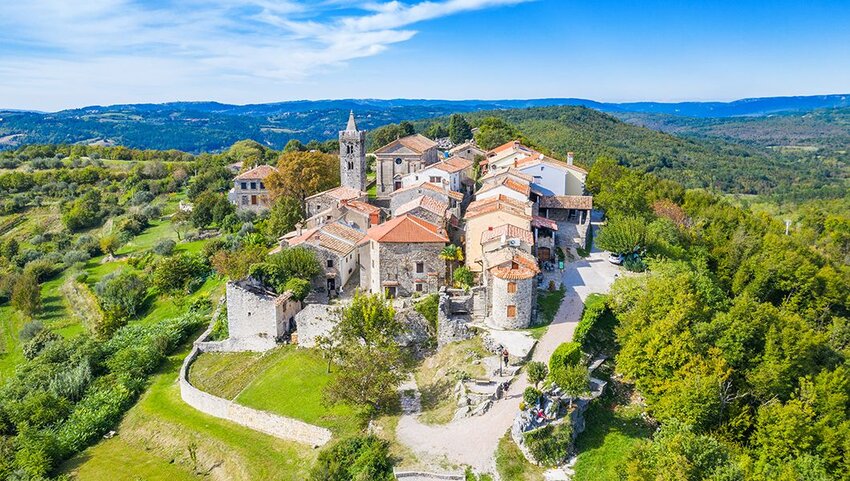
Officially recognized by the Guinness Book of World Records as the smallest town in the world, Hum is a speck of brick nestled in the hills of Croatia’s Istrian Peninsula. Only two streets wide, don’t let Hum’s small stature deceive you. There is plenty to do in this miniature city. The town’s ancient bell tower and pint-sized cathedral crown the pinnacle of the tiny hamlet. Arrive in the city by way of the Glagolitic Alley, a grassy trail that connects the town of Roč to Hum. The path is lined with eleven sculptures that commemorate the Glagolitic alphabet, a bygone Slavic language. Be sure to sip the local booze of choice, Humska Biska, a brandy made with mistletoe.
Meteora, Greece
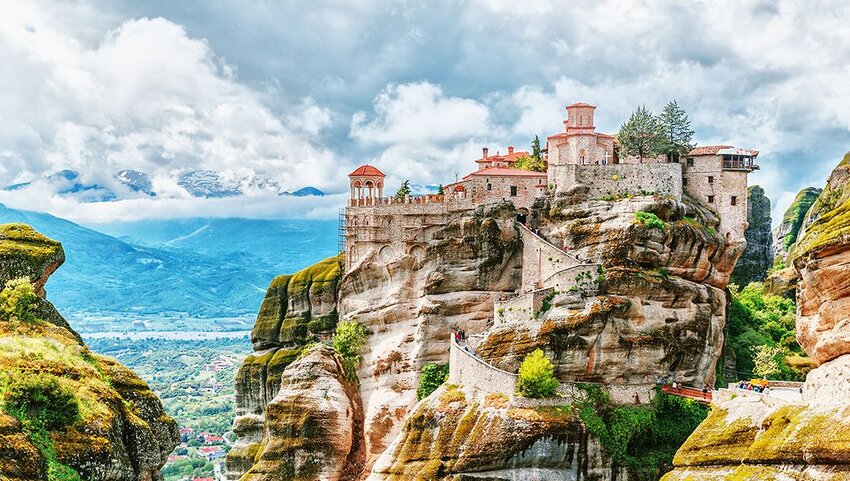
As inspiration for the Eyrie in Game of Thrones, Meteora is an inspiring place both in a religious and picturesque sense. Craggy, monastery-topped sandstone formations have sequestered Orthodox monks here for centuries. Built quite literally atop the hills themselves, the monasteries were painstakingly constructed beginning in the 1300s to give the monks a peaceful place to worship and help evade religious persecution.
As if the monasteries weren’t interesting enough, Meteora is one of the largest archeological sites in all of Greece and has evidence of being continuously inhabited by humans for over 130,000 years. The best base for exploring the six monasteries is the nearby town of Kalambaka in the valley surrounding Meteora itself.
Kútna Hora, Czech Republic
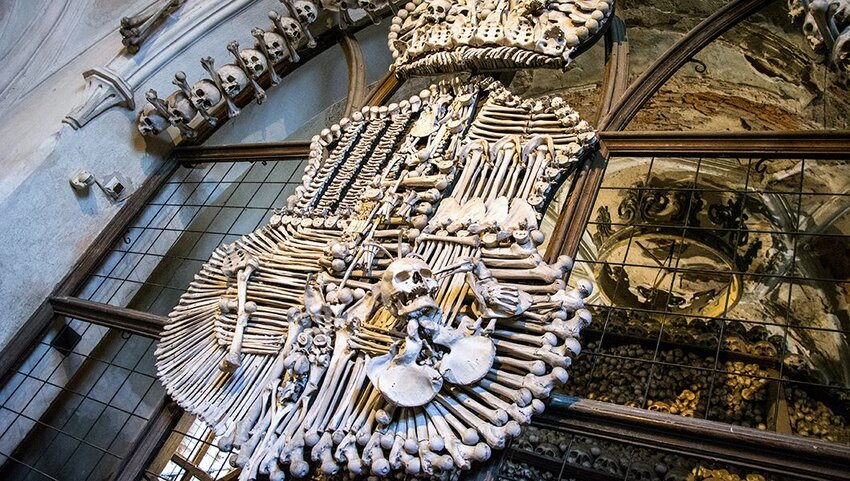
A church made of the bones of 40,000 plague victims? Kútna Hora is an eerie, if not beautiful destination in the Czech Republic only an hour outside of Prague. The Sedlec Ossuary attracts tens of thousands of visitors every year, clamoring to see the remains of over 40,000 plague victims. Arranged by a blind monk in the 1700s, Sedlec Ossuary stands as a reminder of life’s fragility.
Named a UNESCO World Heritage Site in 1995, Kútna Hora was originally a silver mining town. Coins were produced here and visitors can still tour the city’s mint today. Aside from the hauntingly pretty Sedlec Ossuary, Kútna Hora is also known for its stunning Gothic cathedral, the Church of St. James which sits on the precipice of a hill overlooking the town.

